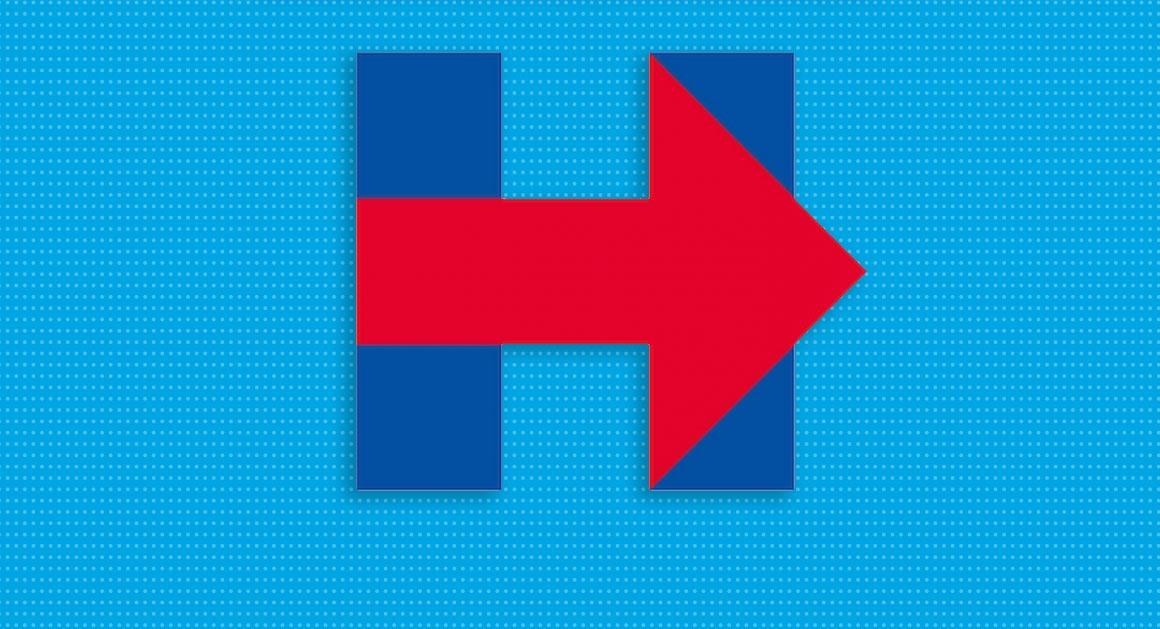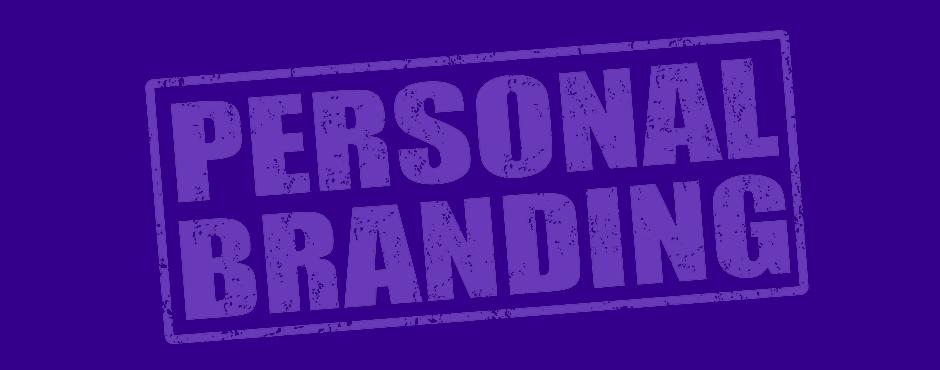There was a time when brand logos were only associated with a business or product. Enter the age of social media and marketing opportunities have opened up. The popularity and ease of use of social media have not only created the option of having a personal brand, but it’s almost a necessity in order to stand apart from the crowd. In the age of personal branding, why not have a personal brand logo? Now, it’s totally cool to even have your own business card – even if you’re not part of a business. Developing an iconic brand logo, may make perfect sense for you.
 So why shouldn’t a personal brand reach the next level? Following in the footsteps of President Obama (with the creation of his iconic “O” logo), Hillary Clinton has created her very own Personal (and Presidential) brand logo. The backlash to her logo has been immediate and the criticism has been intense. As with everything visual and open to social media, everyone has an opinion – and wants to share it! Especially if it’s negative. That’s how social media operates.
So why shouldn’t a personal brand reach the next level? Following in the footsteps of President Obama (with the creation of his iconic “O” logo), Hillary Clinton has created her very own Personal (and Presidential) brand logo. The backlash to her logo has been immediate and the criticism has been intense. As with everything visual and open to social media, everyone has an opinion – and wants to share it! Especially if it’s negative. That’s how social media operates.
Sadly, it seems that the business of marketing has gone the way of photography, writing and graphic design. Being armed with a computer, the right software and ‘belonging’ to the right social media platforms have taken precedence over these professions. Although, just because you own a digital camera, doesn’t make you a photographer and just because you can navigate InDesign or Illustrator, doesn’t make you a designer. Common sense is a necessary skill for marketing, although it takes more than common sense to become a marketer.
Still, if you are really serious about developing your own personal brand logo, (and with all the tools at your fingertips why not?). Here’s a how-to process you should consider in creating a personal brand logo:
What are 3 keywords that represent you?
In order to develop a personal brand logo, you must determine how you want to be represented. These words will help build the framework in establishing the type of impact the logo needs to achieve. Is it ‘hard-working’? Is it ‘relaxed’, or maybe ‘approachable’?
What 3 colours do you feel best reflect you and your personality?
A personal brand logo is about you. Your personal brand logo must be a natural extension of you. It should reflect your aspiration of how you want others to see you. Just like for a business, your logo will likely be the first impression people will have of you. Be sure it is accurate.
How do you want your logo to impact those who see it?
What’s the reaction you hope to get when you offer your business card with your personal brand logo on it? How does it need to communicate? This is in close association with the three words that you chose to represent you, but takes one step further. Do you want your brand logo to ‘excite’, to ‘intimidate’, to be assertive, ‘friendly’ or even be ‘controversial’? When designing a brand logo, the desired “initial emotive impact” is essential to establish before you even start. An iconic logo rests heavily on keywords to determine the symbol, colour and font selection.
What do you want your logo to say about you?
The tone of a logo is equally important. Is it bold, ‘professional’, ‘grassroots’ or perhaps ‘fashionable’? The tone of a logo is often delivered by font selection and the weight or strength of the letters. Working with colour and your keywords, a good designer will take all this information and create a few brand logo options that visually interpret what you are all about.
Develop a few options and test them.
Don’t ask friends for their opinions. You need to do research. Depending on your budget, SurveyMonkey is an online option available to use. However, just because you can use SurveyMonkey, doesn’t mean you can write an unbiased questionnaire like a seasoned researcher. But at least you will have attempted to quantify the likability of your logo.
I wonder if Hillary Clinton and her team of experts thought to research her new “personal brand logo”? If they did, did they do it professionally? I believe that Hillary missed a huge opportunity to affirm herself politically in a very different way than her competition. Her personal logo could have broken down some of the inherent barriers the Clinton legacy has developed – most notably with Gen Y voters. It could have established a new dimension of her personality, a new attitude and perhaps also a more approachable persona.
Instead, she’s left with a brand logo identity that really misses the mark.

